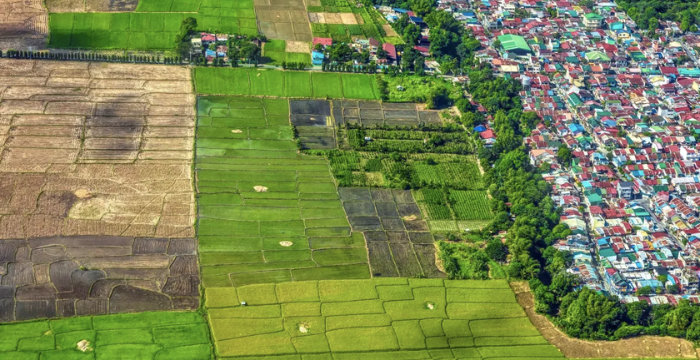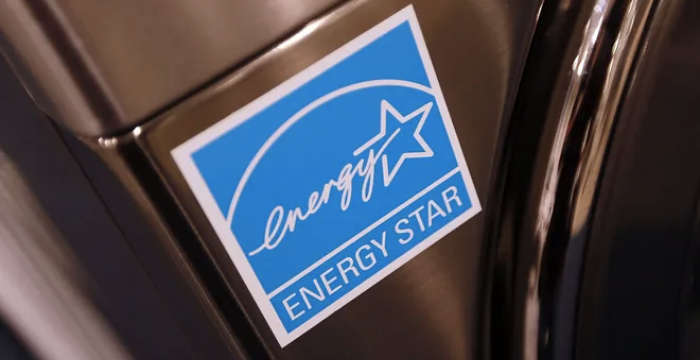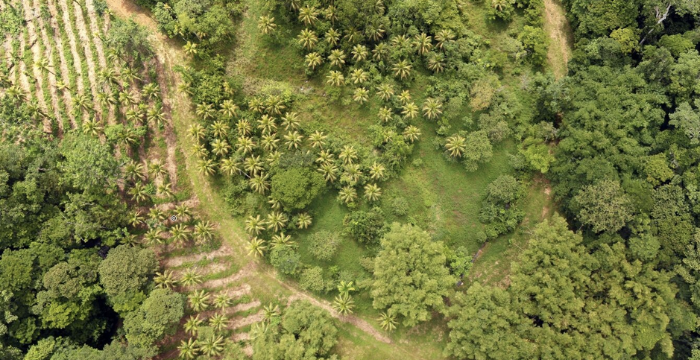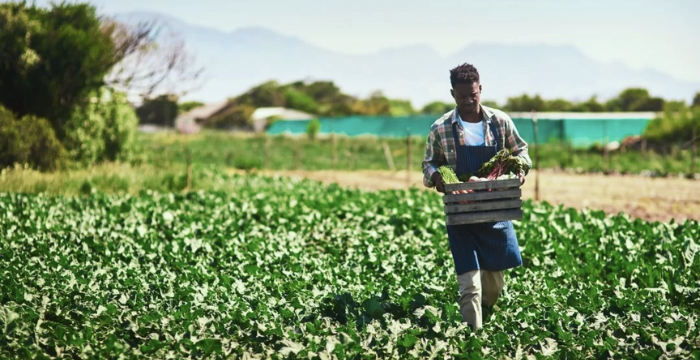What is Sustainable Agriculture
The management and preservation of the natural resource base, as well as the orientation of technical and institutional change, are all part of ensuring the attainment and sustainable fulfillment of human needs for current and future generations. The management and preservation of the natural resource base, as well as the orientation of technical and institutional change, are all part of ensuring the attainment and sustainable fulfillment of human needs for current and future generations in agriculture. Sustainable agriculture methods often require substantial effort or resource allocation on the part of farmers. They are implemented as a result of real incentives given by laws and market circumstances, as well as support from local and national governments and public-private partnerships. Farmers’ environmental choices, market conditions, cultural and socioeconomic characteristics all impact their use of sustainable approaches.
The Problems of Sustainable Agriculture
Cost and efficiency constraints
Farm cost and efficiency pressures will continue to rise in many locations as a result of climate change, harsher environmental laws, diminished governmental subsidies, and rising rent and labor expenses, among others.
Changes in the climate
Weather extremes can be caused by climate change all around the world. Lower rainfall in certain areas will result in extended periods of drought, reducing the quantity of land that was previously properly supplied with water. Water shortage affects agricultural productivity, threatens ecosystems, and harms many people’s prospects for income and subsistence. In addition, there are rising worries regarding groundwater pollution and aquifer salinization caused by seawater intrusion.
Land shortage and urbanization
Urbanization appears to be a danger to agricultural growth; thus, when urbanization expands at the expense of agricultural land, we generally perceive a loss of physical resources when it comes to agricultural growth.
Land is another precious resource that is placing a burden on the agricultural business. Land supply is severely impacted when the population rises for a variety of reasons, most notably the battle for industrialization, urbanization, and housing vs. agricultural expansion. While some claim that rising urbanization is a threat to agricultural expansion, several researchers suggest that the problem is more complicated.
Long time to restore soil fertility
Longer revival equals longer production and lesser profit because not all crop rotation goods are in demand or highly lucrative. It takes a long time for the soil to regain its fertility, especially if the area has been used for mono-crop agriculture.
Reduced shelf life
Some other disadvantage of sustainable agriculture is that the food has a shorter shelf life. Because organic food cannot be maintained with preservatives, they often have a short shelf life. As a result, organic items may be harmed as a result of delivery delays.
Conclusion
Since water resources are overexploited, and deforestation and overfishing affect ecosystems and biodiversity, Sustainable farming systems such as hydroponics and aquaponics may offer a solution since they allow farmers to utilize available land. Agricultural producers may overcome the problems of sustainable farming with stronger policies on taxation, land tenure, pro-poor social protection, and subsidies. It would be preferable if the government could also enhance market access, which would increase farmers’ income and livelihoods. Public investments in rural infrastructure may also increase farmers’ earnings and quality of life and develop creative marketplaces. Sustainability is not the endpoint. We must always grow and reroute our steps for the larger benefit.
Post written by Amelia Campbell, frequent contributor to Gawker, Nolo, and Fair Credit.






